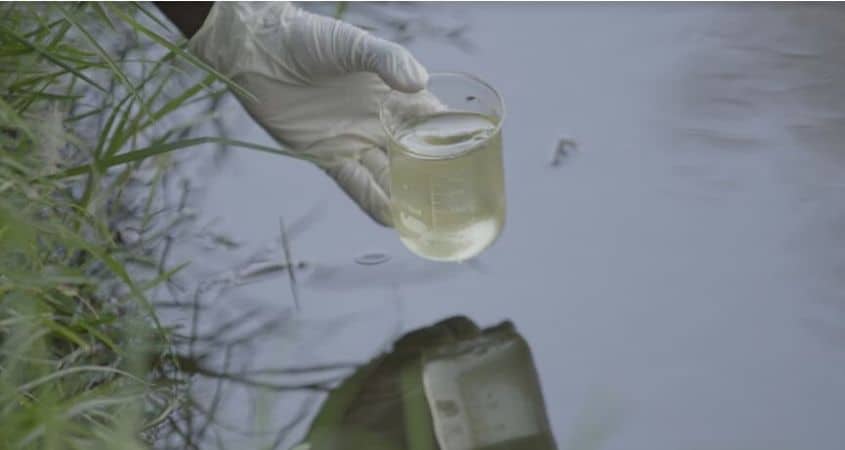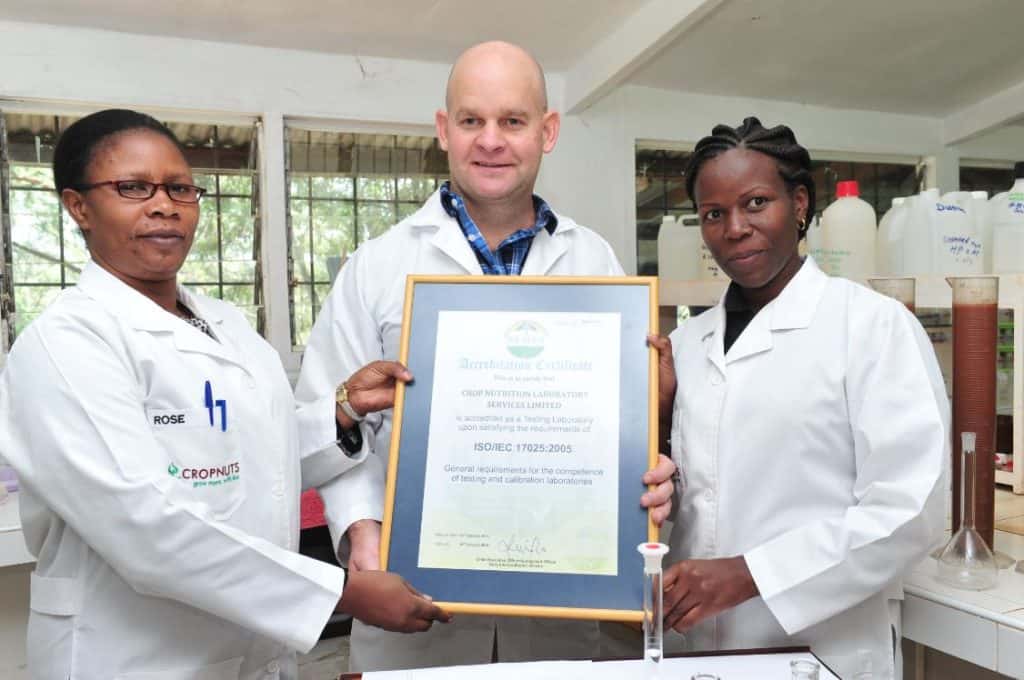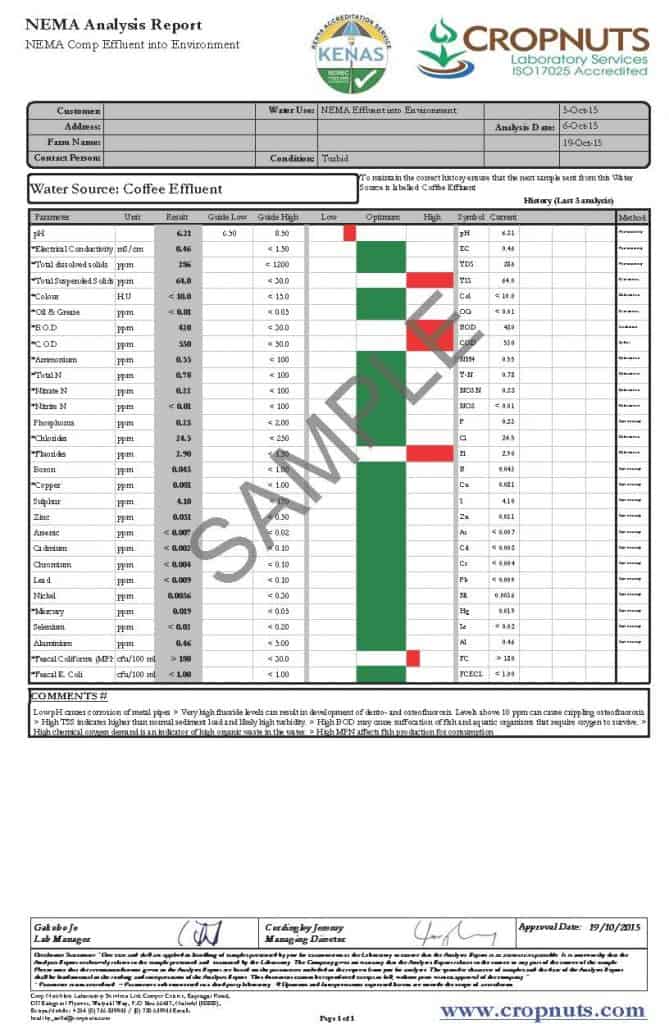
Water is the essence of life. Regular water analysis testing, monitoring & compliance to water quality standards contributes to better well being, healthier communities and a thriving green planet. Flourishing agricultural, wildlife & forest ecosystems depend on availability of quality water.
Water is not what it seems. Though it pours freely from the skies and flows endlessly in rivers, water is actually a finite resource. Of all the estimated 326 million cubic miles of water on earth, only about 3% of this amount is freshwater fit for us to use. 2.5% of earth’s water, though it’s fresh water, is locked up in glaciers, polar ice caps, in the atmosphere or in soil. This leaves only 0.5% of earth’s water as available freshwater. To put this into perspective, if the entire world’s water would fit into a 1 litre jug, the fresh water available for us to use would equal to 1 teaspoon. Available fresh water is either ground water or water readily accessed in lakes, streams or rivers.

There’re many uses of water but here are some of the most considerable uses:
Approximately 70% of freshwater used by humans goes to Agriculture. The most use of water in Agriculture is for irrigation.
A person can live about a month without food but only about a week without water. The most considerable personal water use is for drinking. Other personal water uses such as laundry washing, showering and dishwashing use hundreds of litres of water per day per person.
Water has several recreation purposes such as swimming, boating, surfing, diving etc. Beaches and water parks are popular places for people to go relax and have fun.
The water industry provides drinking water and waste water services to households and industries. Distribution of drinking water is done via municipal water systems, tanker delivery or as bottled water. Waste water services include sewage treatment, effluent testing & monitoring.
Industrial processes such as mining, manufacturing, food processing etc. require large amounts of water. Such industrial plants require a dedicated water source and sadly often cause significant water pollution.

Water dissolves more substances than any other liquid. Wherever it travels, water carries chemicals, minerals and nutrients with it. Water pollution occurs when water is contaminated by these chemicals and harmful substances. Common types of water pollution include:
Surface water includes water found naturally on the earth’s surface such as streams, rivers, lakes and oceans. Pollutants such as untreated sewage from households, industrial effluent, pesticide chemicals from farms usually end up in surface water sources.
This occurs when chemicals applied on the surface by humans seep into the ground with the aid of rain water. As a result, underground water beds, aquifers, wells, and borehole water sources become contaminated. Water beds near industrialized areas or near large commercial farms are at risk of being contaminated.
There are 12,000 different toxic chemical compounds in industrial use today. Furthermore, more than 500 new chemicals are developed each year. Industries and farming activities contribute a significant proportion of chemical pollution. Solvents and metals in factories, pesticides in farms can pollute rivers and lakes.
Sewage water and fertilizers have a high concentration of nutrients necessary for plant growth. When sewage effluent or excess fertilizer washes into rivers and lakes, they cause rapid, uncontrolled growth of vegetation and algae on the water surface. This leads to clogging of water ways, contamination of drinking water sources and depletion of water oxygen necessary for marine life.

This type of water pollution arises from the presence of natural existing microorganisms such as protozoa, viruses and bacteria in water. Water containing some of these microorganisms can cause serious water borne diseases such as cholera, typhoid, dysentery and amoebiasis.
Some water contaminants do not dissolve in water or are too large to mix with water molecules. These suspended water solids include soil sediments, micro plastics, straws, cans etc. In lab speak, we call measure of these total suspended solids “turbidity”. The more suspended solids, the murkier the water becomes. Turbidity is considered a good measure of the quality of water.

Water testing laboratories test and analyze water for it’s quality based on certain parameter guidelines set by international and national bodies such the the World Health Organization (WHO), Food & Agriculture Organization (FAO) and the National Environment Management Authority (NEMA).
Most water testing laboratory services include water sampling, water quality analysis and water quality monitoring. The results of these water analyses are usually detailed in a water analysis report that comes with recommendations on how to improve your water quality.
Water sampling and analysis should be done by ISO-certified laboratories. Wherever laboratories available locally are not ISO-certified, it is advisable to get their quality assessed by an ISO-certified laboratory by carrying out collaborative tests to ensure accurate water analysis results. Unreliable water environmental testing results exacerbate problems of pollution when corrective action cannot be taken in time. Sampling and monitoring tests should be carried out by qualified technicians.

In Kenya, the National Environment Management Authority (NEMA) implements all policies and regulation relating to the environment, including and not limited to set water quality standards.
These water quality standards apply to water used for domestic, industrial, agricultural, recreational and wildlife use. These regulations aim to protect lakes, rivers, streams, springs wells and other water sources from water pollution.
Several NEMA-accredited water laboratories help industries, farms, residential homes, hotels & lodges in monitoring effluent discharges to the environment in compliance to NEMA water quality standards.
This is done by regular water sampling of various effluent discharges and later conducting full water analysis in the lab. Finally, a water quality report of the given sample is produced, showing the levels of several water quality parameters including physical, chemical and biological parameters. The lab report indicates whether each parameter level is within the recommended water quality standards set by NEMA.

Besides the NEMA water quality standards for effluent and domestic water, drinking water is also analyzed based on World Health Organization (WHO) guidelines for drinking water quality. The standard analytical procedure for drinking water analysis checks for:
1. Chemical parameters: pH, levels of Nitrate, Phosphorus, Calcium, Magnesium, Sodium Chloride, Sulphate, Flouride, Copper, Iron, Zinc, Manganese, Boron, Bicarbonates & Heavy metals (Lead, Nickel, Cadmium, Mercury, Arsenic, Caobalt, Selenium)
2. Physical parameters: Turbidity, color, total suspended solids
3. Microbial parameters: Total bacterial count (TBC), Feacal Coliforms, E. Coli, Salmonella spp, Vibrio Cholerae, Shigella, Streptococcus faecalis, Pseudomonas aeruginosa

If not properly managed, the water in your swimming pool may contain a range of microbiological organisms such as bacteria, viruses and protozoa. Such microrganisms could lead to health problems such as gastric, ear, nose, and throat infections.
The swimming pool water quality parameters include:
1. Physical parameters: Turbidity (is the water clear? Can you see the bottom of the pool?)
2. Chemical parameters: Chlorination levels (Total residual Chlorine, free Chlorine and combined Chlorine), pH, Electrical Conductivity (EC), Calcium, Magnesium, Copper, Manganese, Iron
3. Microbial parameters: Total Coliforms, Feacal E. Coli, Total Bacteria Count, Vibrio Cholorae, Streptococcus faecalis, Salmonella spp, Pseudomonas aeruginosa.
Potential sources of harmful microorganisms in swimming pool water include people swimming in the pool, animal pets straddling in the pool, dead frog and lizards drowned in the water or dead plant debris that may have fallen into the pool.
The FAO irrigation water quality standards are used to evaluate the suitability of water for irrigation. High Sodium, excess salinity, high bicarbonates are all big problems when irrigating crops. Knowing the chemistry of your irrigation water helps you better manage your irrigation water and therefore your soil better.
Chemical properties checked in irrigation water include: pH, Electrical Conductivity (EC), Nitrates, , Ammonium, Phosphorus, Potassium, Calcium, Magnesium, Sodium Chloride, Sulphate, Copper, Iron, Zinc, Manganese, Boron, Bicarbonates, Salinity and Total salts.

Sodium Adsorption Ratio (SAR) is also another crucial chemical parameter in irrigation water quality analysis. SAR is a critical calculation assess suitability of irrigation water quality based on he relationship between sodium, calcium and magnesium in irrigation water. Irrigation with a high SAR water can quickly degrade soil structure. But can this can be avoided by using Gypsum for example
In order to improve irrigation water, reverse osmosis filtration systems are often required. Inorder to install the most suitable type of filtration system, a good knowledge of the water quality is essential. For example, the removal of high iron requires a very different filtration system design from a system designed to remove colour from tannins.
To learn more about your water quality or test your water please contact us on support@cropnuts.com.
Order our services and get to know how to improve your soil for better yeilds.